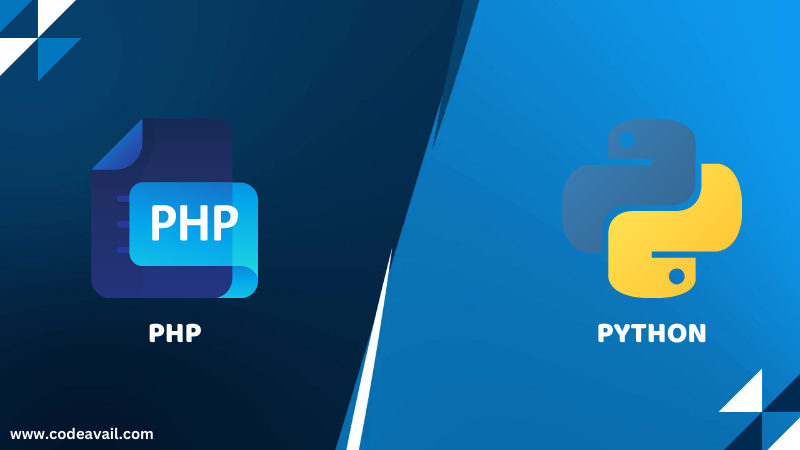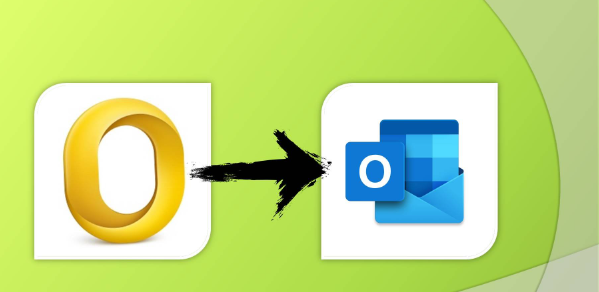When it comes to web development and scripting, PHP and Python are two popular programming languages that offer different features and functionalities. Each language has its strengths and weaknesses, and understanding the differences between PHP and Python is crucial for developers and businesses looking to make informed decisions. In this article, we will delve into a detailed comparison of PHP and Python, exploring their key characteristics, areas of application, performance, and community support. So let’s dive in and explore the contrasting aspects of these two programming languages.
Note: If you are a student and struggling with your Python Programming assignment, then you can get the best Python Programming Assignment Help from our experts.
About PHP
PHP (Hypertext Preprocessor) is a server-side scripting language primarily designed for web development. It is embedded within HTML code and executed on the server, generating dynamic web content. PHP is known for its simplicity, flexibility, and extensive support for interacting with databases. It powers numerous popular content management systems (CMS) like WordPress and Drupal, making it a popular choice for building dynamic websites and web applications. PHP is widely used for server-side scripting, handling form data, processing database queries, and generating dynamic web pages.
About Python
Python is a versatile, high-level programming language known for its readability and simplicity. It provides a clean and concise syntax that emphasizes code readability and reduces the cost of program maintenance. Python supports multiple programming paradigms, including procedural, object-oriented, and functional programming. Python’s versatility makes it suitable for a wide range of applications, including web development, data analysis, scientific computing, artificial intelligence, automation, and more. It offers extensive libraries and frameworks, such as Django and Flask for web development, NumPy and Pandas for data manipulation, and TensorFlow and PyTorch for machine learning.
Difference Between: PHP vs Python
1. Syntax and Readability
PHP and Python have distinct syntaxes that differentiate their programming styles. PHP follows a C-style syntax, making it familiar to developers who are experienced in languages like C, C++, and Java. On the other hand, Python emphasizes readability with its clean and concise syntax, utilizing whitespace indentation instead of curly brackets.
2. Application and Use Cases
PHP is widely used for web development, particularly in server-side scripting. It powers popular content management systems (CMS) like WordPress and Drupal, making it a preferred choice for building dynamic websites. Python, on the other hand, is a versatile language used in various domains, including web development, data analysis, artificial intelligence, and scientific computing.
3. Performance and Scalability
PHP is known for its performance when it comes to web development tasks. It is designed to handle large volumes of web requests efficiently. Python, while slower than PHP, offers excellent performance for most applications. Additionally, Python provides scalability, thanks to frameworks like Django and Flask, which enable developers to build robust and scalable web applications.
4. Community and Ecosystem
Both PHP and Python have active and supportive communities. PHP has a large user base due to its extensive use in web development. The PHP community provides comprehensive documentation, numerous libraries, and a vast collection of online resources. Python, too, boasts a strong community, with developers contributing to open-source projects, creating libraries, and offering valuable support to newcomers.
5. Learning Curve and Resources
PHP is relatively easy to learn and get started with, making it accessible to beginners. The PHP documentation is extensive and beginner-friendly, with plenty of tutorials and examples available online. Python, known for its simplicity, has an intuitive syntax that makes it beginner-friendly as well. Python’s official documentation is highly regarded, and the language offers a wealth of learning resources and online courses.
6. Frameworks and Libraries
PHP has a wide range of frameworks like Laravel, Symfony, and CodeIgniter, which facilitate rapid web development. These frameworks provide features for routing, database integration, and template engines. Python, too, offers powerful frameworks such as Django, Flask, and Pyramid, which come with built-in functionality and enable developers to build complex applications efficiently.
7. Security and Vulnerabilities
PHP has faced criticism in the past regarding security vulnerabilities, mainly due to inexperienced developers writing insecure code. However, with proper coding practices and security measures, PHP can be used to build secure applications. Python, known for its emphasis on code readability and good practices, has a strong security record. Additionally, Python’s package manager, PyPI, has a stringent review process that helps maintain code quality and security.
8. Popularity and Job Market
PHP has been a dominant language in web development for many years, and it continues to be widely used. This popularity translates into a robust job market for PHP developers. Python, in recent years, has experienced significant growth in popularity and is now one of the most sought-after languages for various applications. The demand for Python developers has been on the rise, particularly in the fields of data science and machine learning.
9. Support and Documentation
PHP and Python both benefit from excellent support and documentation. The official PHP website provides comprehensive documentation, tutorials, and a vast user-contributed knowledge base. Python’s official documentation is also extensive, covering all aspects of the language and its libraries. Additionally, both languages have active online communities where developers can seek assistance and engage in discussions.
10. Interoperability and Integration
PHP integrates seamlessly with databases like MySQL and PostgreSQL, making it a popular choice for database-driven web applications. It also offers robust support for various web protocols and formats. Python, known for its versatility, offers extensive support for integrating with other languages and systems. It has libraries for working with databases, network protocols, and data serialization formats, making it suitable for a wide range of integration scenarios.
Pros and Cons of PHP
Pros:
- Widely used in web development
- Strong community and extensive documentation
- Efficient performance for web-related tasks
- Large number of frameworks and libraries available
Cons:
- Inconsistent naming conventions and function parameters
- Security concerns if not properly implemented
- Steeper learning curve for more advanced features
Pros and Cons of Python
Pros:
- Versatile and applicable in various domains
- Clean and readable syntax
- Extensive libraries for scientific computing and data analysis
- Growing popularity and demand in the job market
Cons:
- Slower performance compared to some languages
- Limited use for low-level system programming
- Global interpreter lock (GIL) can impact multi-threaded performance
Conclusion
In conclusion, PHP and Python are powerful programming languages with their own unique strengths and use cases. PHP excels in web development, while Python offers versatility and is widely used in various domains. When choosing between PHP and Python, it’s essential to consider factors such as the nature of the project, performance requirements, available resources, and the expertise of the development team. By understanding the differences and evaluating your specific needs, you can make an informed decision that aligns with your goals and objectives.



